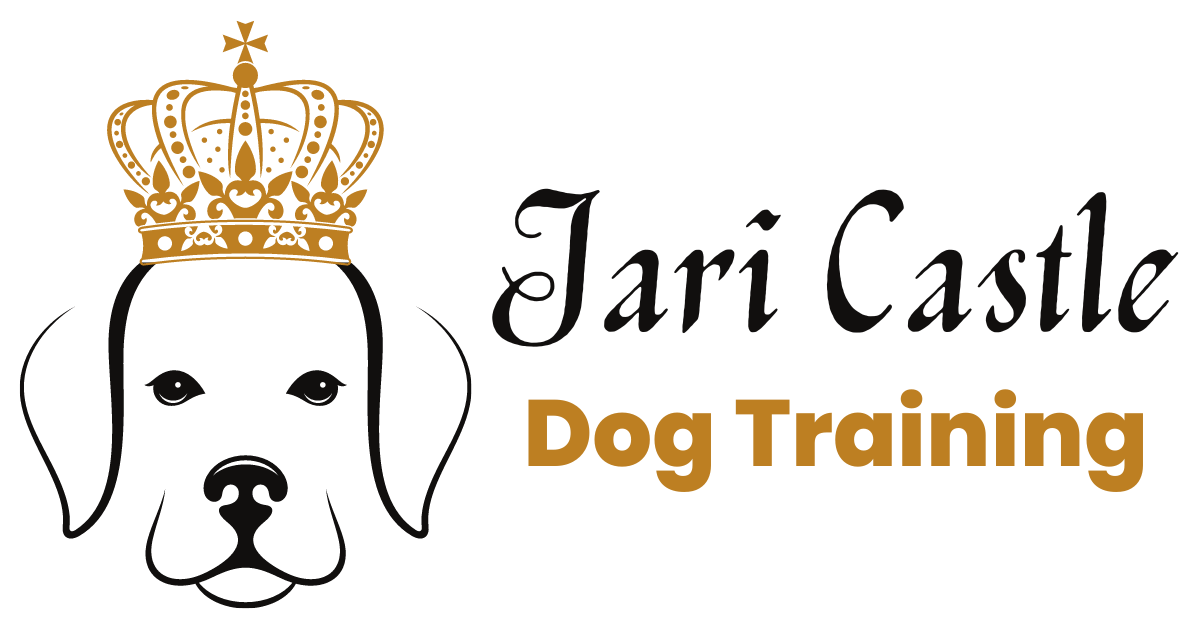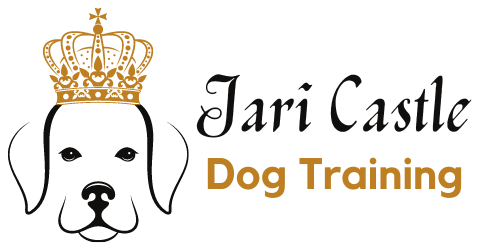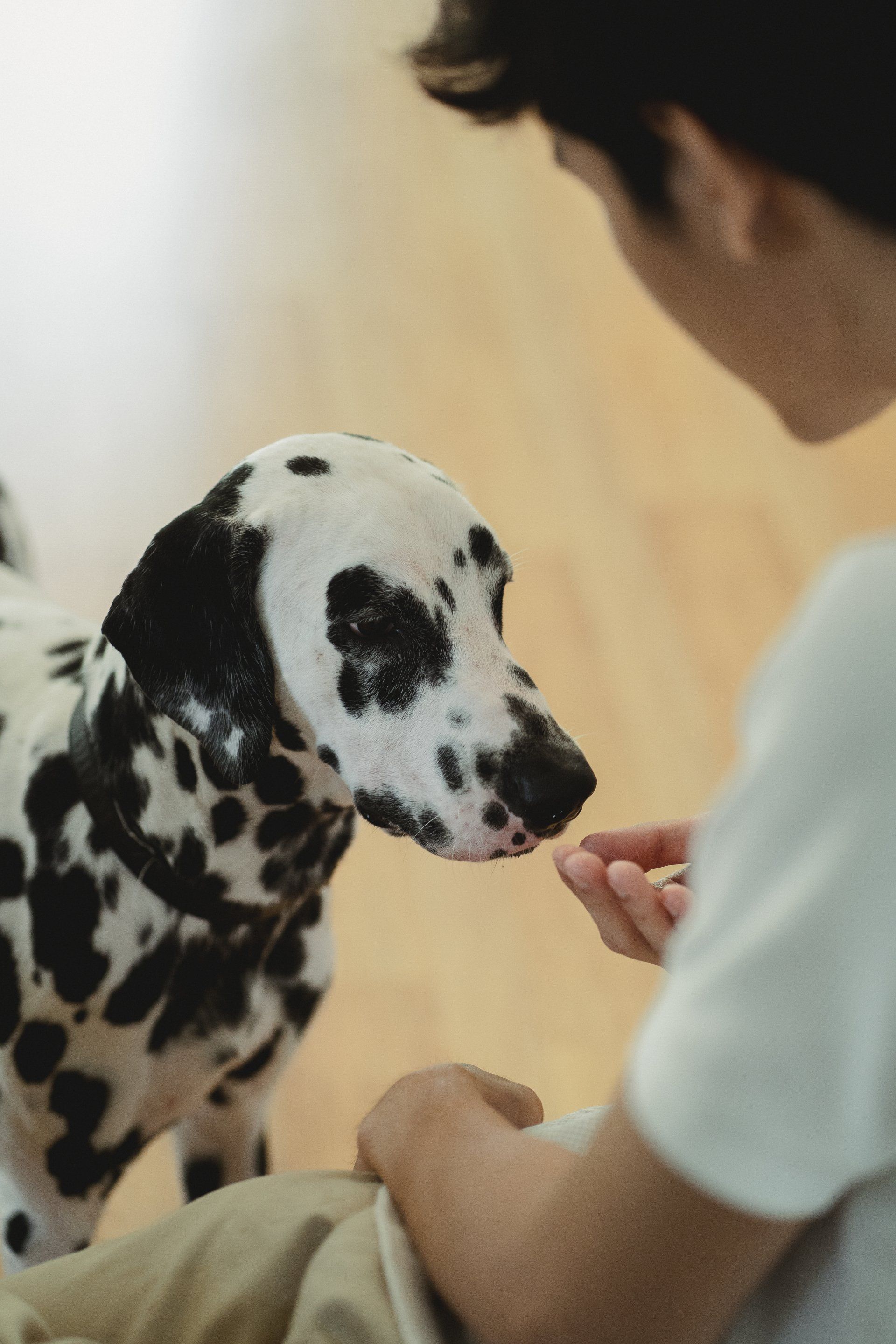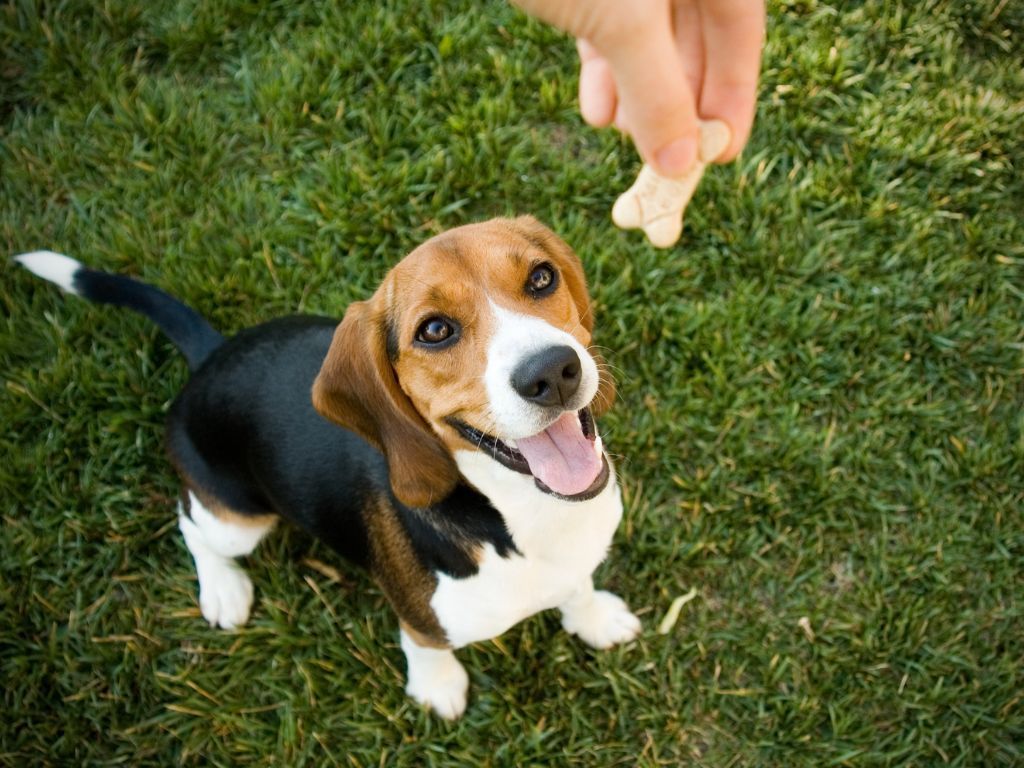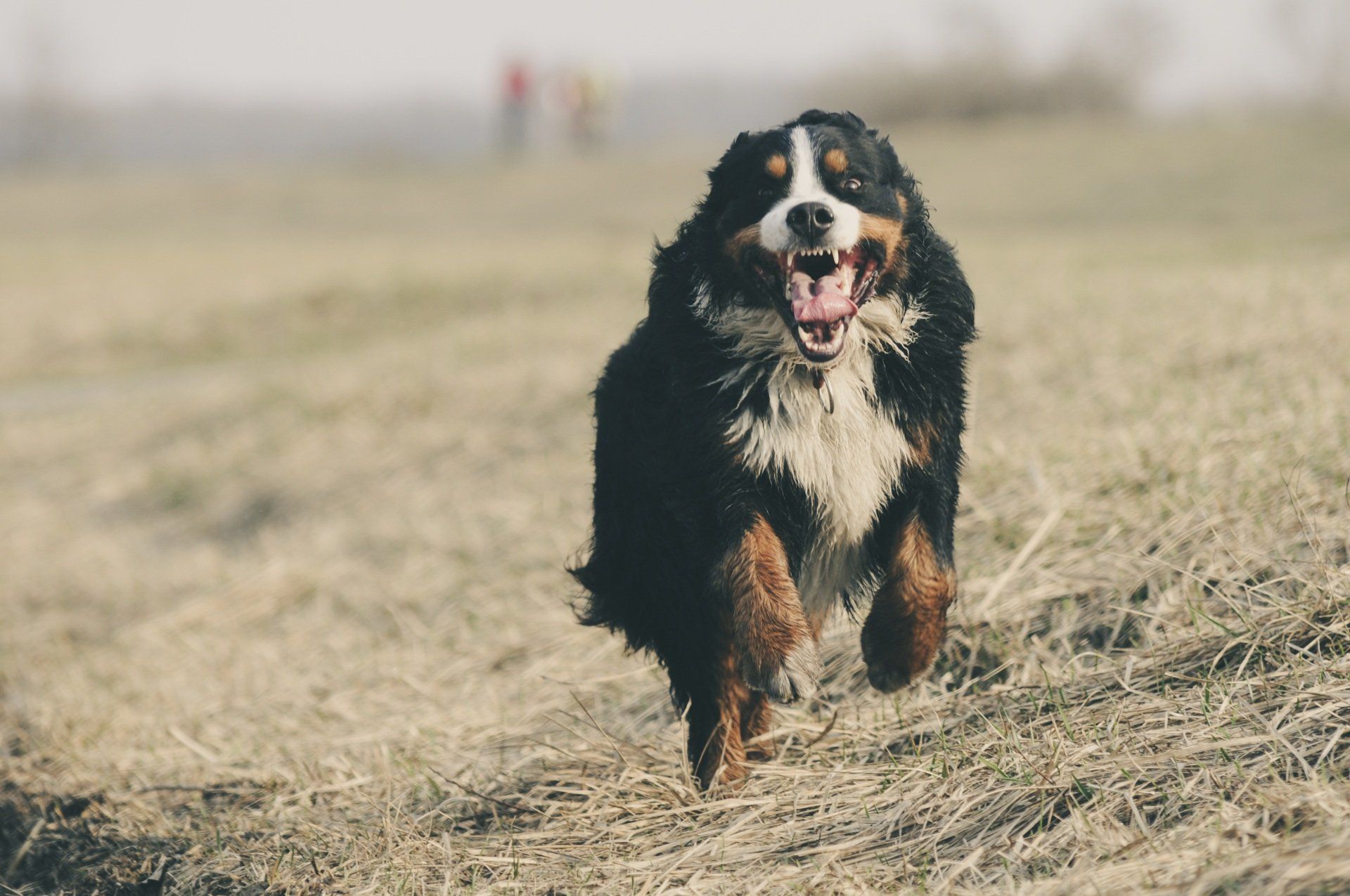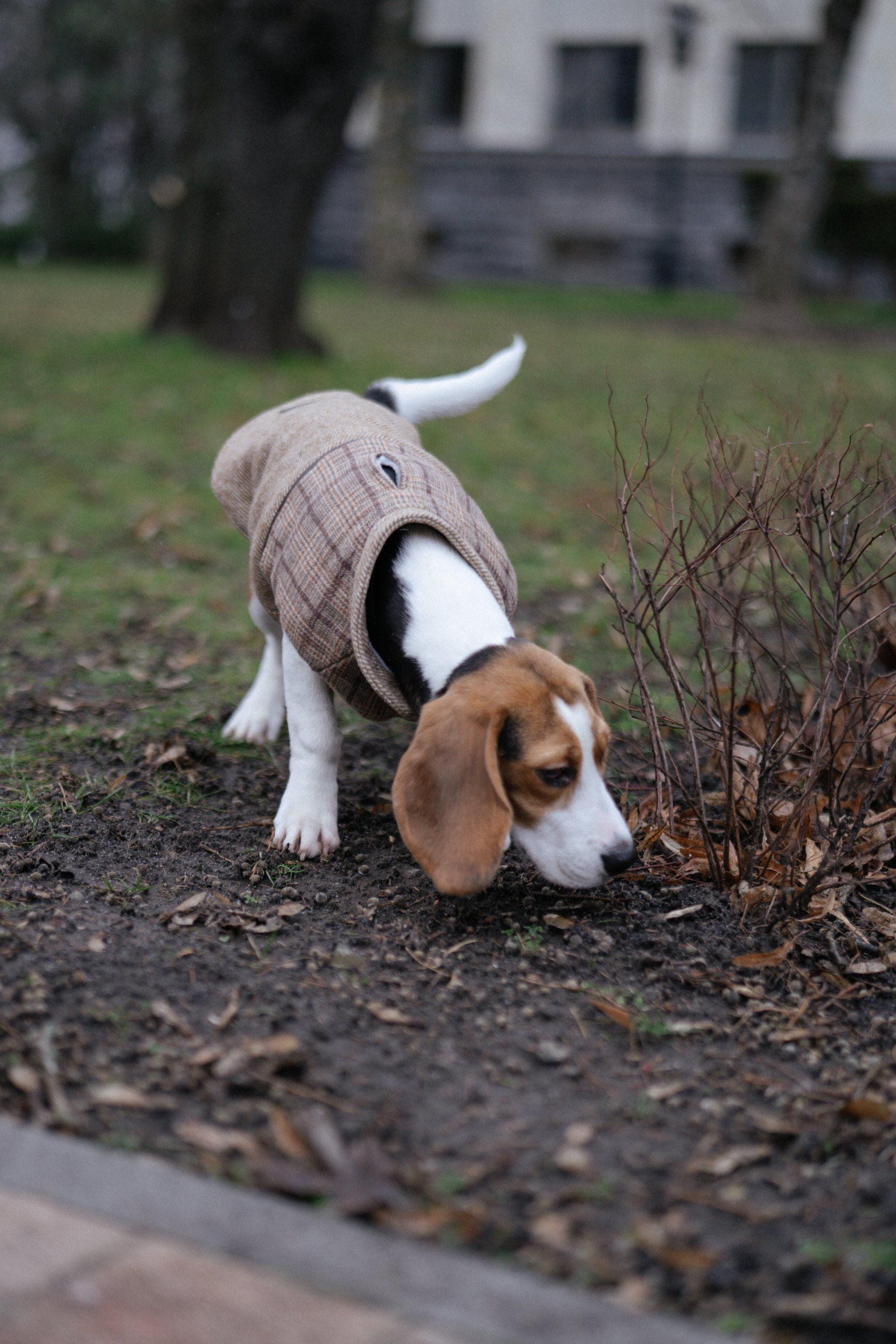Secrets to Success: Treats alone do not train a dog
Have you ever felt frustrated when training your dog, and telling yourself “treats just don’t work to train my dog!”?
While treats play a role in training, it's essential to recognise that it's not just about the treats themselves. It's about your skills as a trainer and understanding how to effectively use treats to achieve success. In this informative post, I'll explore practical tips and insights to help you become a more skilled and successful trainer for your beloved canine companion.
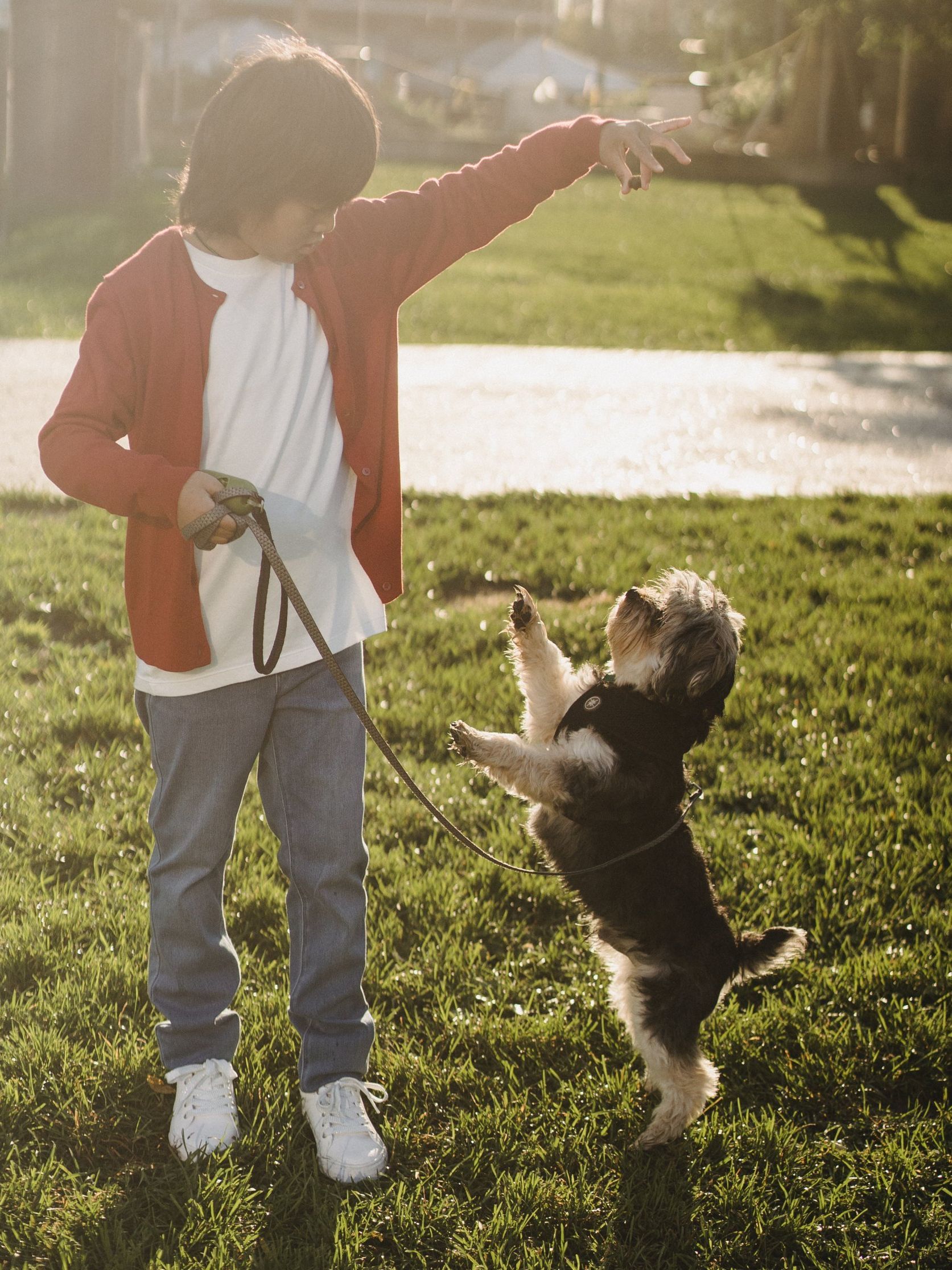
Building a Foundation of Trust and Communication
The foundation of successful dog training lies in establishing trust and clear communication with your dog. This begins by spending quality time together, understanding your dog’s unique needs (check out ‘Meet Your Dog’ by Kim Brophey), and nurturing a strong Relationship Bank Account. Educate yourself on canine communication and create an environment where your dog feels seen and heard, safe and secure. Every time you feed, play and praise your dog you are adding money into your Relationship Bank Account.
Embracing Positive Reinforcement
Positive reinforcement is a powerful training technique that focuses on rewarding desired behaviours rather than punishing unwanted ones. Treats are an excellent tool for positive reinforcement, but it's important to use them effectively. Determine the treats that motivate your dog (check out my FREE ebook for lots of treat ideas!) and use them as rewards for good behaviour. Remember to pair treats with verbal praise to reinforce the positive association. You can also say the word “Yes!” just before giving the treat to condition a verbal marker, similar to a clicker.
Utilising Verbal and Non-Verbal Cues
While treats are enticing, incorporating verbal cues, hand signals, and body language enhances your training effectiveness. Consistently using clear cues allows your dog to understand and respond appropriately to commands, even without treats present. Practice consistency in your signals and cues to foster better understanding and create a stronger training connection with your dog. Do not repeat cues - if your dog does not respond, it is because they do not understand what they are supposed to do or something in the environment is competing for the dog’s focus.
Timing and Consistency
Timing is crucial in dog training. Use a verbal marker or clicker to pinpoint the moment your dog does the right thing. Deliver treats promptly to reinforce desired behaviors effectively. Immediate reinforcement helps your dog associate the behavior with the reward, making it more likely to be repeated. Consistency is equally important. Set clear expectations and be consistent in your training approach. Dogs thrive on routine and predictability, which contributes to their learning and progress.
Patience, Persistence, and Practice
Becoming a skilled dog trainer takes time and effort. Patience is your ally as you navigate the training journey. Understand that every dog is unique and may require different approaches. Be persistent in your training efforts, consistently reinforcing desired behaviors and addressing challenges. Practice regularly with your dog to reinforce training concepts and build a stronger bond along the way.
By embracing your role as a dog trainer, you have the power to shape your canine companion's behaviour and strengthen your relationship. While treats are a valuable tool, remember that it's your skills, understanding, and consistency that drive successful training outcomes. Build a foundation of trust, utilise positive reinforcement techniques, incorporate clear cues, and practice patience and persistence.
Together, you and your dog can unlock their full potential and create a lifelong bond rooted in understanding, respect, and love. If you want some help though, reach out via email or social media. I am here to help. ❤️
